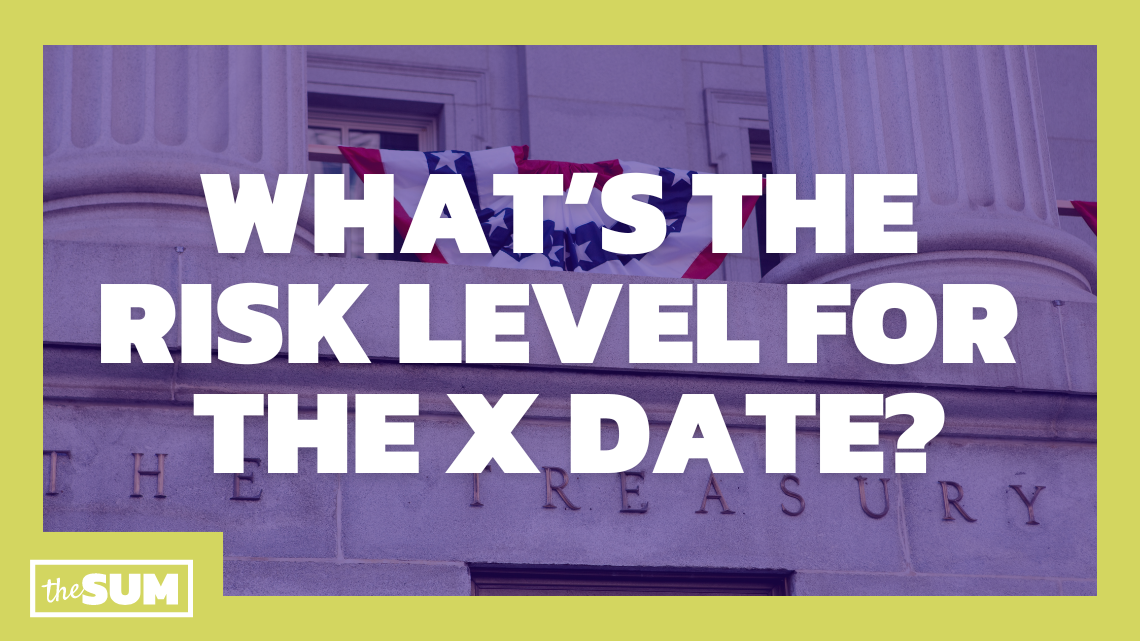‘Skating on very thin ice’: New analysis outlines risk level for US debt ceiling X Date

A new analysis found the U.S. faces an “elevated risk” for the debt limit X Date to fall in early June.
Here’s what you should know:
What is the debt ceiling?
The debt ceiling is the cap on how much the U.S. can borrow to pay its bills. And the X Date is the point when the country won’t be able to pay those bills. That’s likely to come between early June and early August, according to the Bipartisan Policy Center. The BPC is a think tank that tracks federal spending.
When could the US hit ‘elevated risk’?
An analysis from the center estimates the “elevated risk” between June 2 to June 13. They urged policymakers to “act as soon as possible.”
“Come early June, Treasury will be skating on very thin ice that will only get thinner with each passing day,” Shai Akabas, executive director of Bipartisan Policy Center’s Economic Policy Program, said in a news release. “Of course, the problem with skating on thin ice is that sometimes you fall through.”
@thesum.news There’s a new analysis from the Bipartisan Policy Center on the debt ceiling deadline. “The longer policymakers wait to address the debt limit, the more likely our economic fate will be determined by external actors,” said Shai Akabas, executive director of Bipartisan Policy Center’s Economic Policy Program. “Credit rating agencies, Treasury investors, and global financial markets aren’t going to wait around forever. “Once things turn, the situation could deteriorate quickly and be hard to reverse, which would immediately and negatively impact American consumers and businesses.” How are you feeling about the X Date? #TheSumNews #DebtCeiling #XDate ♬ original sound - The Sum
What comes next?
This comes as the White House and Republicans in Congress are still negotiating to lift the $31.4 trillion debt ceiling, The New York Times reported. The Treasury Department has been using “extraordinary measures” (reducing certain types of government debt) to fully finance the government since January.
If the Treasury can keep that going until mid-June, projected quarterly tax payments could offer a reprieve. And by June 30, additional “extraordinary measures” would become available — about $145 billion from suspending investments in the Civil Service Retirement and Disability Fund and the Postal Service Retiree Health Benefits Fund.
“The longer policymakers wait to address the debt limit, the more likely our economic fate will be determined by external actors,” Akabas said. “Credit rating agencies, Treasury investors, and global financial markets aren’t going to wait around forever.
“Once things turn, the situation could deteriorate quickly and be hard to reverse, which would immediately and negatively impact American consumers and businesses.”

